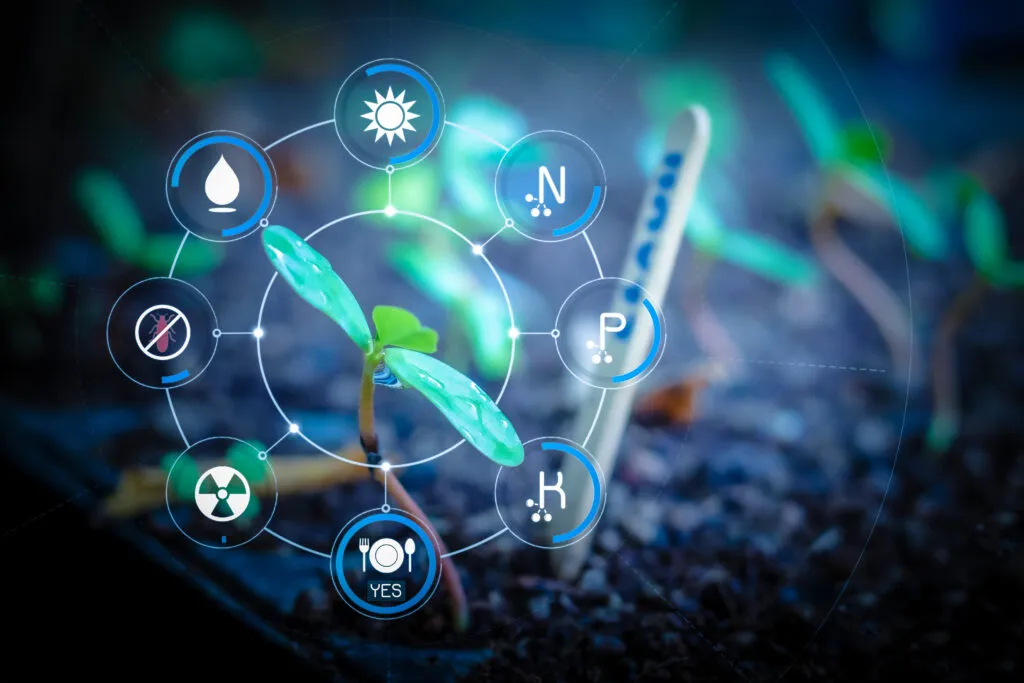The potential of blockchain applied to agri-food systems and ecosystems.
Globally, there is a widening distance between fields and tables, between producers and consumers. It is a dangerous gap, distancing the land from processed food, preventing citizens from knowing the agricultural practices used, and fragmenting nutrition between the agricultural methods and the different stages of the supply chain.
To talk about food safety today, on World Food Safety Day, is to value the foundations of the agrifood system, because as the FAO reminds us, “if food is not safe, it is not food.”
Every year, some 600 million people fall ill after eating contaminated food and 40 percent of children under the age of 5 contract foodborne illnesses, according to the World Health Organization. It is not only viruses, bacteria, and parasites, but also chemicals, heavy metals, and other environmental pollutants that are often used in the production, irrigation, harvesting, and post-harvest stages.
Having access to healthy and nutritious food is a universal right, one that rewards virtuous, regenerative forms of agriculture, attentive to the needs of the land and all forms of life directly involved (labor) or indirectly used (natural resources). Precisely for this reason, during the EU Agrifood Week that recently ended in Pollica, the topic of food safety was addressed under different lenses: soil and land health, agroecological and regenerative practices, forest management, but also in the potential that blockchain can generate in terms of transparency, trust, and safety.

